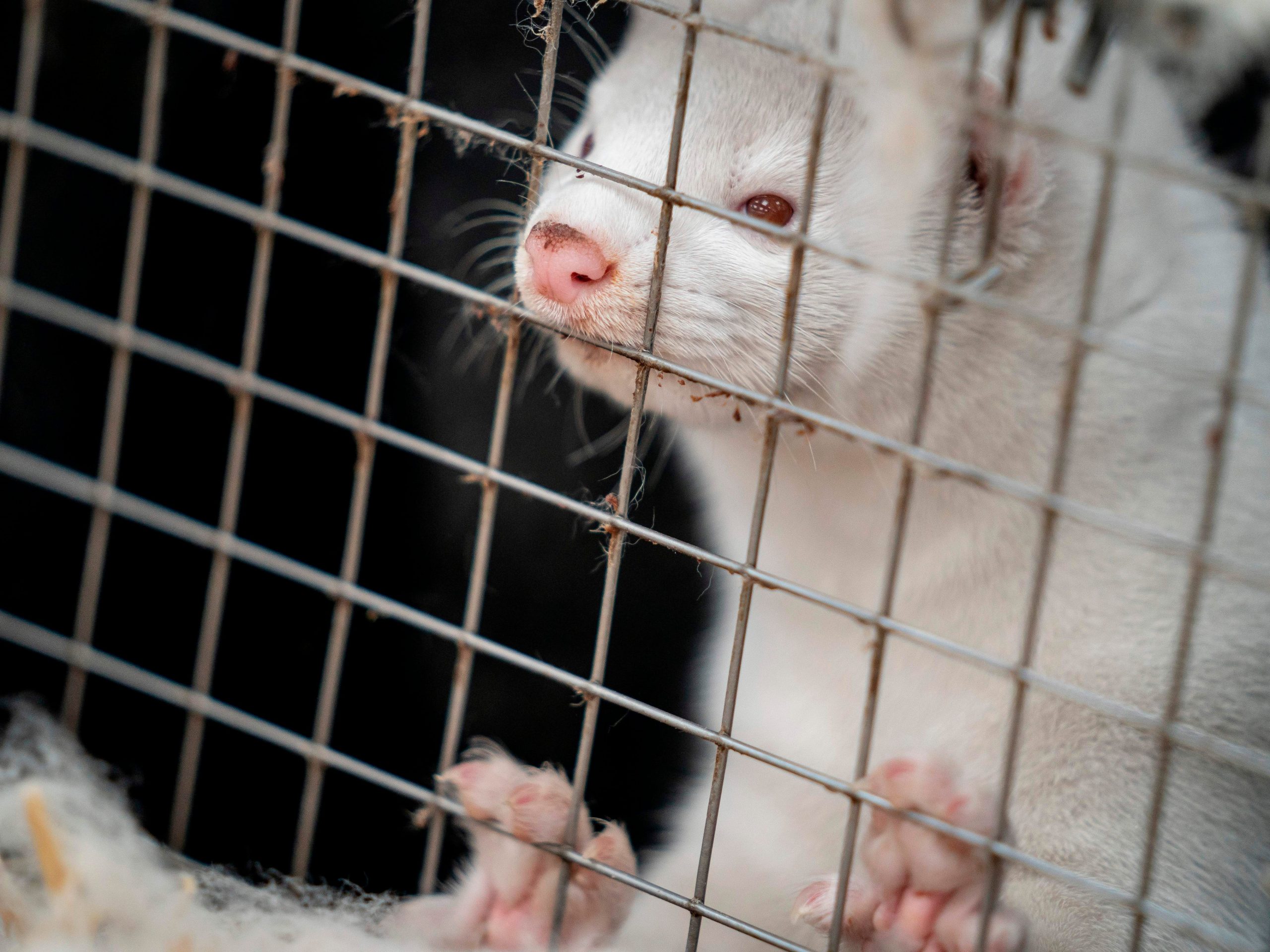
Mads Claus Rasmussen/Ritzau Scanpix/AFP/Getty Images
- A variant of COVID-19 that spread on five mink farms in Denmark and infected 12 people is “most likely” extinct, Danish authorities said Thursday.
- Two weeks ago, Denmark ordered the cull of its entire mink population after it was found the mutated variant may weaken the effects of a COVID-19 vaccine.
- The cull has sparked a political crisis after the government admitted it lacked a legal basis. One minister has resigned.
- No cases of the variant have been detected since September 15. But other mink farms in the country may remain infected with other strains of COVID-19, the country’s infectious diseases body said.
- On Thursday, authorities in Ireland told all mink farms in the country to cull their minks, with the country’s chief medical officer ordering it “as a matter of urgency.”
- Visit Business Insider’s homepage for more stories.
A mutated strain of COVID-19 that spread on mink farms across Denmark is “most likely” extinct, the country’s infectious diseases body the State Serum Institute (SSI) announced Thursday.
Earlier in November, Danish authorities ordered the cull of all minks in the country after COVID-19 outbreaks were linked to some of the 1,200 Danish mink farms. The country has an estimated 17 million minks.
The mutated strain could potentially weaken the effects of a future COVID-19 vaccine, authorities said at the time, and the country’s top epidemiologist said that in a “worst-case scenario, the pandemic will restart, this time in Denmark.”
But the strain in question, known as the “cluster 5 mink variant,” has been contained within five mink farms in the north of the country, the SSI said in a statement. It has only been identified in 12 people, and no cases of the variant have been detected since September 15.
“Therefore, we now assess that this variant is most likely no longer in circulation,” Tyra Grove Krause, the head of the institute’s infection epidemiology and prevention department, said Thursday.
However, some mink farms may still remain infected with COVID-19 beyond the cluster 5 mutation.
The number of mink farms infected with the virus increased in both the Central Jutland and Southern Denmark regions in early November, the SSI said, reaching 284 by November 18.
Since then, all minks on farms in these areas have been killed, the Danish Veterinary and Food Administration (FVST) said, but it noted that there are still 25 farms suspected to have unconfirmed cases of COVID-19.
"There is also a continuing increase in the number of COVID-19-infected people associated with mink production in the two regions," the SSI said.
Nationally, the proportion of COVID-19 cases in humans that came from mink is falling, the institute said. In late October, this proportion fell from 6% to 5%, it said.
The remaining 900 mink farms that didn't have COVID-19 cases among their populations had until midnight Thursday to cull their animals, The Guardian reported.
On Wednesday, Denmark's Food and Agriculture Minister resigned after the government admitted it had no legal basis for ordering the mink cull. Opposition parties are calling for Prime Minister Mette Frederiksen to follow suit.
As Denmark's mink crisis, sometimes referred to as "minkgate," rages on, a new mink cull in the Republic of Ireland has begun.
On Thursday, authorities told all mink farms in the country to cull their minks, with the country's chief medical officer ordering it "as a matter of urgency."
However, the authorities noted that no COVID-19 cases have been found in Irish mink farms so far, which are home to around 100,000 of the animals.
That same day, Sweden's health agency said some people who work on mink farms had tested positive for the coronavirus. Authorities are investigating whether they were infected by the animals.
Dr. Hans Kluge, the World Health Organization's regional director for Europe, described mink farms on Thursday as "a reservoir where the coronavirus is thriving."
